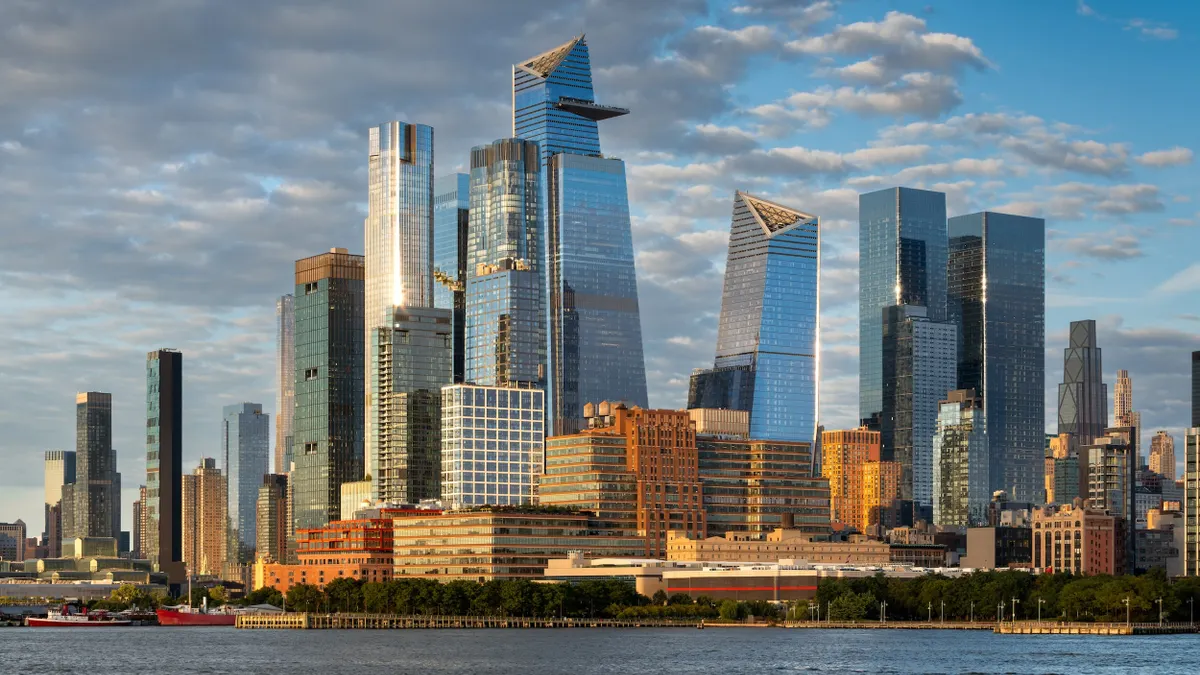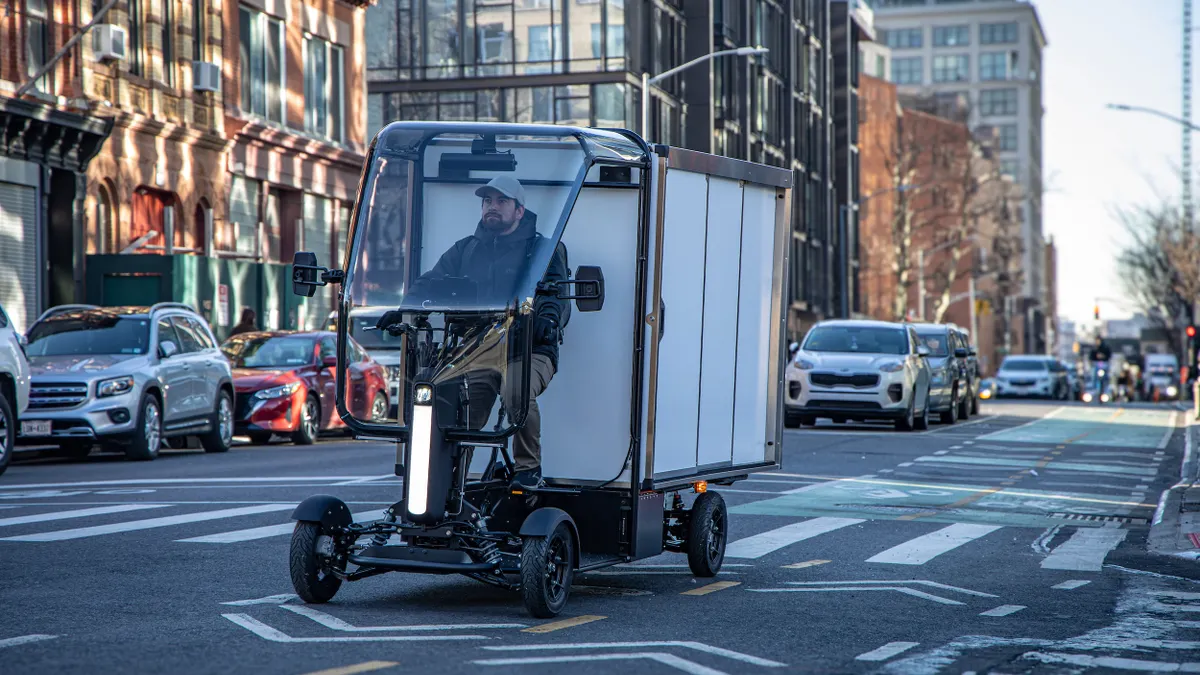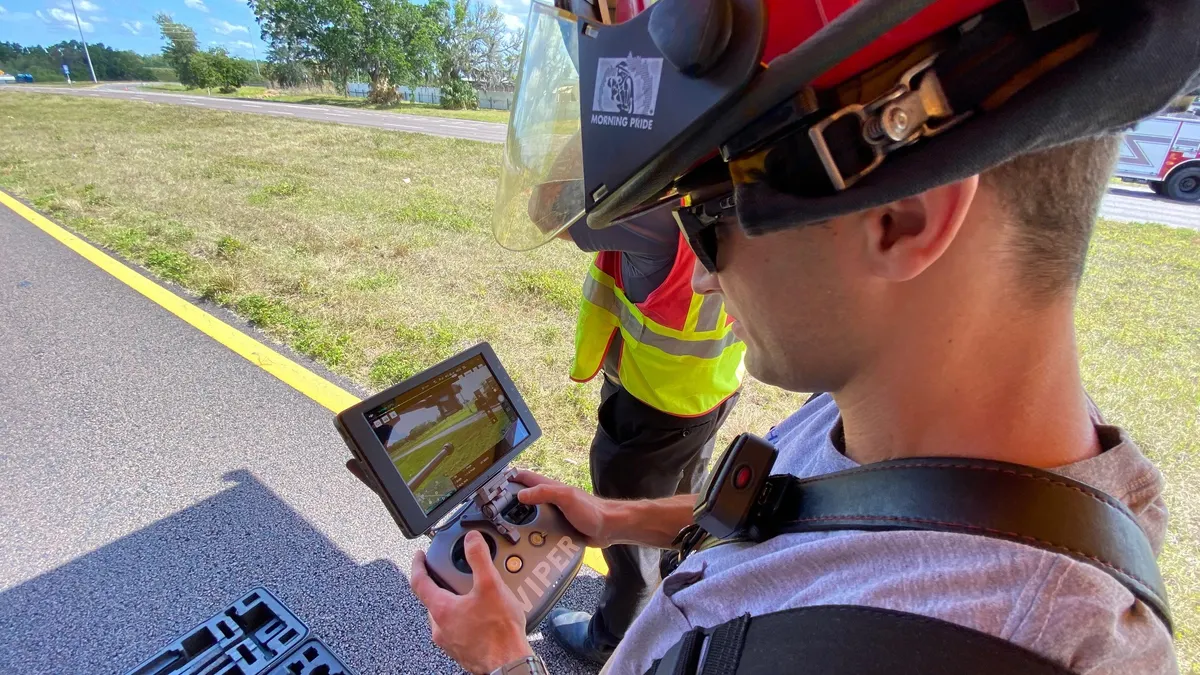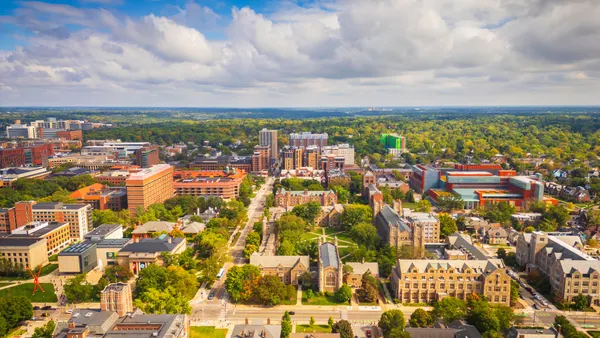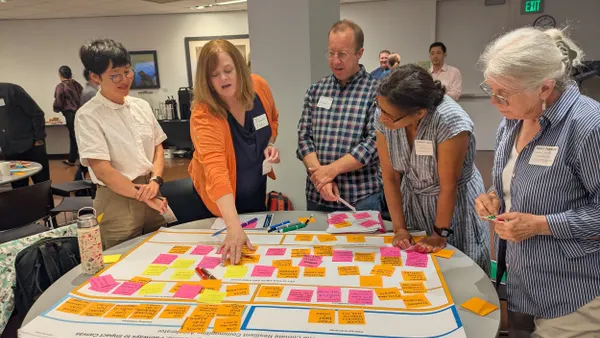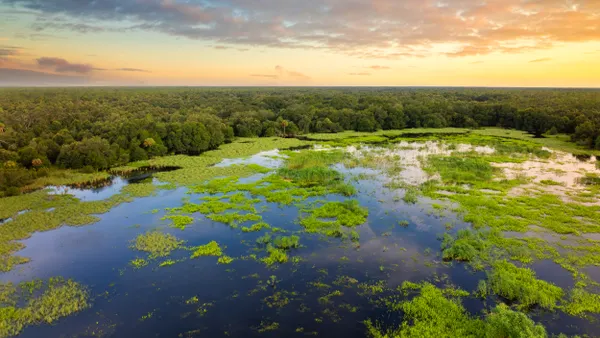New York City was one of the first cities to formally address the effects of climate change with PlaNYC in 2007. The most recent iteration, PlaNYC: Getting Sustainability Done, includes more than 85 initiatives, and the city is on track to accomplish more than 90% of them, Elijah Hutchinson, executive director of the New York City Mayor’s Office of Climate and Environmental Justice, said Wednesday during a session at NYC Climate Week.
Hutchinson said PlaNYC, which covers everything from energy and jobs to open space and large-scale infrastructure projects, “also serves as a blueprint for New York City.”
Under PlaNYC, the city released its first long-term energy plan, first urban agriculture plan and first environmental justice plan, Hutchinson said. “So, while PlaNYC provides this overall framework, we're finding that there is a lot more need and demand for information and thinking about these problems holistically,” he said.
The Mayor’s Office of Climate and Environmental Justice brought together existing offices of sustainability, resilience, and climate policy with newly created offices of urban agriculture, utility coordination, environmental coordination and environmental remediation, Hutchinson explained. “Now we have climate policy and programs and climate operations coming out of the mayor’s office under one umbrella.”
One important and tangible result of this coordinated effort is a flood-monitoring program called FloodNet NYC, a real-time tool that includes socioeconomic data across neighborhoods “so that we can start to describe how people experience climate change in their communities,” Hutchinson said. His team is also working on the city’s first urban forest plan with a goal of covering at least 30% of New York City with tree canopy.
Local Law 97, which requires buildings over 25,000 square feet to reduce their emissions by 40% by 2030 and reach net zero by 2050, is crucial to helping the city fulfill New York State’s commitment to reach 100% carbon-free electricity by 2040 and economy-wide net-zero emissions by 2050, Hutchinson said. But that law, which passed in 2019, is just the beginning, he added.
“The success of it will be, how do we follow up the law with resources and support for building owners to actually achieve compliance and over time?” he said.
Among those resources is a revamped New York City Accelerator, a “one-stop shop for building owners to go to, to start to develop a plan, identify incentives and start to put together service providers that could help them with this work.” The updated program will include both sustainability and resilience resources, Hutchinson said, and will allow every large building owner in New York City to track and plan their emissions targets and progress.
“One of the things that we're trying to do is make the law palatable and make it work so that we aren't just driving people toward fines,” Hutchinson said. “And what we're saying to people is, ‘We don't want your money. We want your carbon.’ And that's a tricky line to work.”



